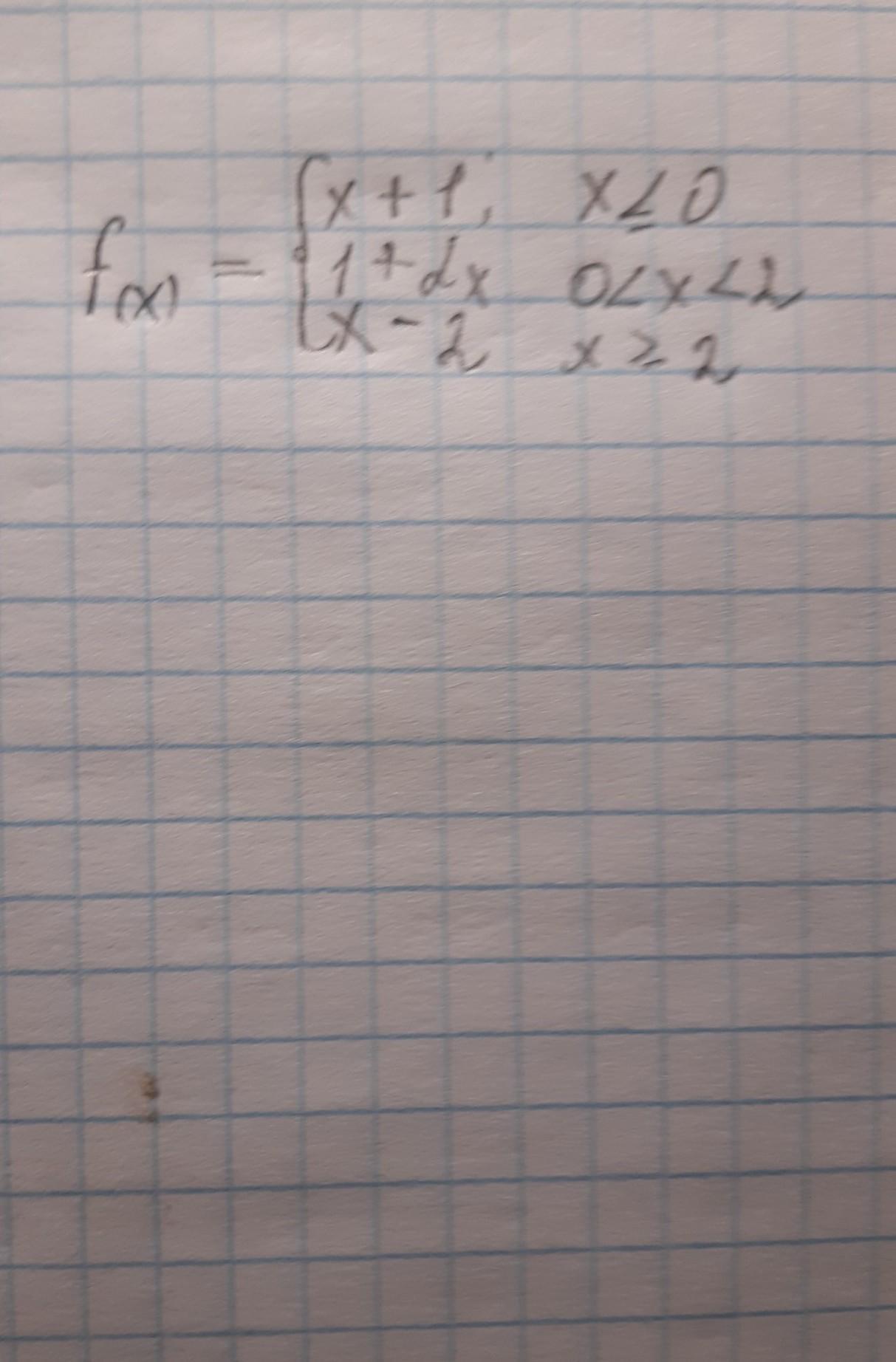Предмет: Математика,
автор: vlad721966
помогите пожалуйста,иследование функции на непрерывность.:( пожалуйста
Приложения:

Ответы
Автор ответа:
0
Ответ:
функция не является непрерывной, в точке 2 она терпит разрыв первого рода
Пошаговое объяснение:
Рассмотрим "критические" точки функции:
это точки - края определения кусочно-заданой функции
точки: х = 0 и х = 2
1. Точка х = 0
1. В данной точке существует значение функции?
Да,
2. Выполняется равенство односторонних пределов?
Да,
3. Существует ли предел в этой точке и конечен ли он?
Да,
Вывод: в точке 0 функция непрерывна
2. Точка х = 2
1. В данной точке существует значение функции?
Да,
2. Выполняется равенство односторонних пределов?
Нет,
В этой точке функция терпит разрыв первого рода, а значит не является непрерывной
Похожие вопросы
Предмет: Английский язык,
автор: nazizz
Предмет: Русский язык,
автор: ljubsik
Предмет: Русский язык,
автор: supperrui141
Предмет: География,
автор: den180600
Предмет: География,
автор: Milana0093